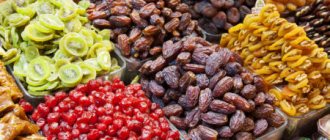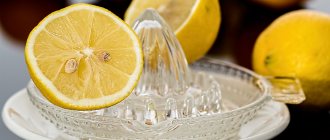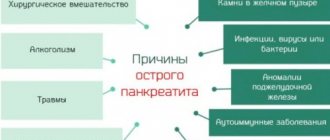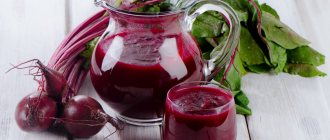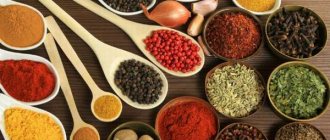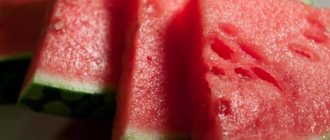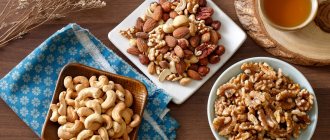Vegetables are the basis of a healthy diet. They contain a large amount of fiber, vitamins, and complex carbohydrates. All of them are necessary for metabolic processes. They are part of all dietary tables, both for healthy people and for people with chronic diseases. Vegetables for pancreatitis are the basis of the diet along with cereals and dairy products.
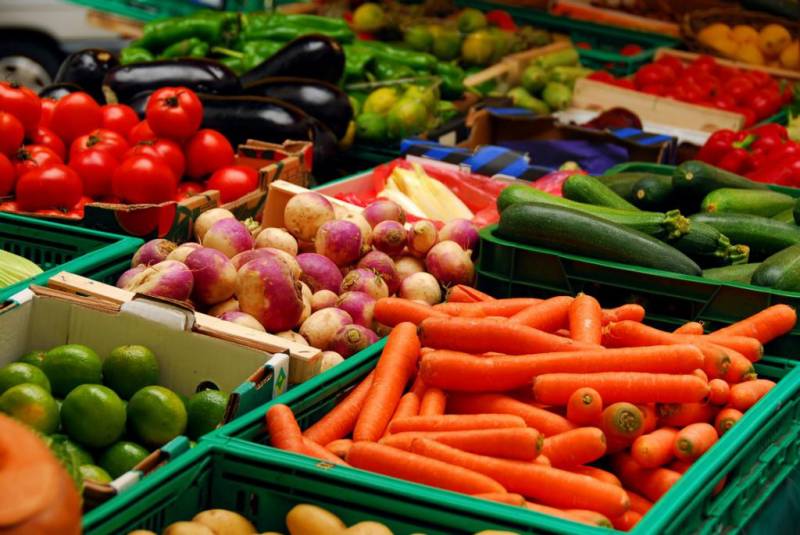
General idea of the disease
Pancreatitis is inflammation of the pancreas. The tiny organ makes itself felt with severe pain. The disease is accompanied by dyspeptic syndrome. We must not forget that the pancreas produces hormones. These are insulin and glucagon. If the endocrine part of the gland is affected, the risk of developing hyperglycemia increases.
This disease greatly worsens a person’s well-being, leading to dangerous complications. Therefore, treatment must be taken very seriously. And the most important healing factor is diet. Vegetables for pancreatitis should be on the table every day, you just need to know how to choose them and cook them correctly.
What to give up
A list of these products should be hung on the wall in the kitchen so that you can consult it at any time. Despite their naturalness and obvious benefits, some of the fruit crops are completely prohibited for consumption in case of this gastrointestinal pathology. Let's look at which vegetables you need to remove from your menu for pancreatitis:
- White cabbage.
- Spinach.
- Garlic.
- Radish.
- Turnip.
- Horseradish.
- Hot peppers.
- Sorrel.
- Rhubarb.
Doctors explain the reasons for such prohibitions. This is due to changes in the functioning of the affected organ. Moreover, even during the period of remission, it is recommended to completely abandon the listed products. Otherwise, you may provoke an exacerbation.
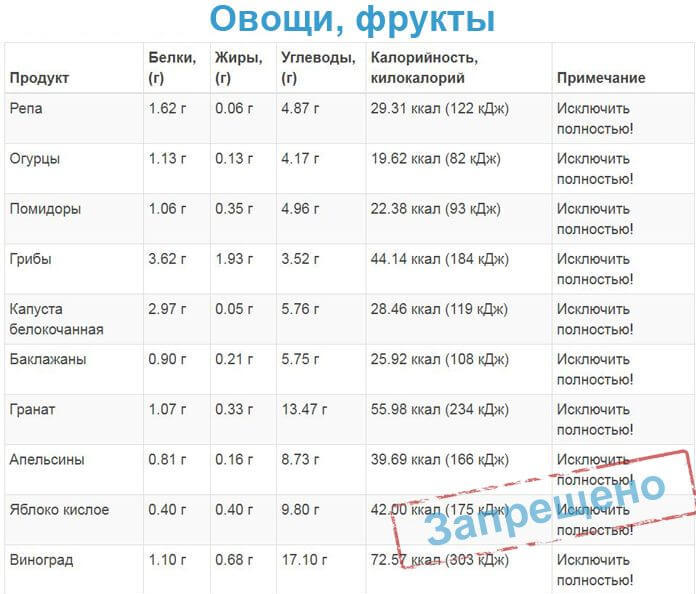
These vegetables for pancreatitis contain a lot of coarse fiber. It provokes increased peristalsis of the digestive tract organs: stomach and liver, gall bladder, bile ducts and intestines. At the same time, motor function increases, which leads to the development of painful symptoms. These include nausea and vomiting, increased gas formation, diarrhea and abdominal cramps.
Vegetables that are allowed for pancreatitis
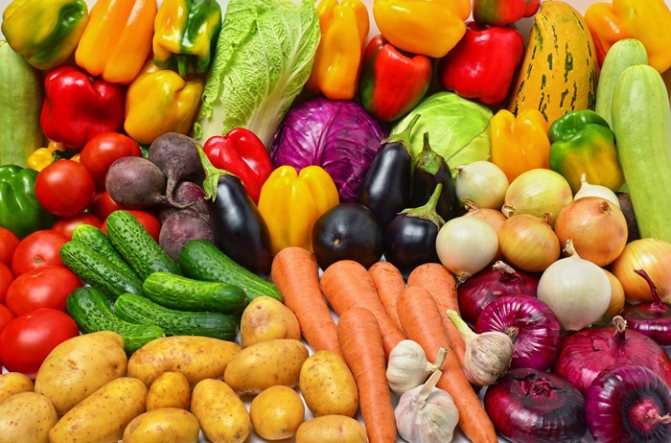
There are certain rules of nutrition for glandular disorders.
Ripe and soft plant foods can be eaten.
At the same time, overripe vegetables can be harmful, so they are contraindicated.
Important indicators of the usefulness of vegetable products, of course, is the absence of putrefactive lesions and mold. The external condition of the vegetable matters, because this way you can determine to what extent it is fresh. Patients with pancreatitis should forget about sour, spicy, hot and other aggressive-tasting vegetables once and for all. Vegetables containing starch, on the contrary, are considered healthy. Before consuming plant products, they should be cooked by first removing the peel and removing the seeds. It is dangerous to eat vegetables that have not been heat-treated. It is also contraindicated to consume vegetable broth: it puts additional stress on the pancreas.
The following are strictly contraindicated for pancreatitis:
- onions (raw) and garlic;
- sorrel;
- Bulgarian pepper;
- radishes and turnips;
- salad.
You can and even need to eat, but in small quantities:
- cucumber;
- tomato;
- eggplant;
- asparagus;
- ground corn (only in this form);
- celery.
What vegetables can be consumed without restrictions for pancreatitis:
- potato;
- cauliflower);
- beet;
- pumpkin;
- zucchini;
- carrot.
It is important to know that there are certain restrictions even on vegetables allowed by the diet in certain cases. For example, for such ailments as acute or chronic pancreatitis of the pancreas.
Group of permitted products
Now we know what to avoid. What vegetables can you eat if you have pancreatitis? Among the vegetables, there are those that can and should be consumed for chronic inflammation of the pancreas. These are potatoes and young zucchini, carrots and pumpkin, beets and eggplants. Many people have doubts about onions. Don't worry, it's also on the list of allowed vegetables. Tomatoes, bell peppers and cucumbers can always be on your table.
Cabbage for pancreatitis is a controversial issue. If doctors answer unequivocally about cabbage cabbage, then you should try introducing other types of cabbage into your diet in small portions. These are broccoli, Brussels sprouts, Chinese cabbage and seaweed. This group also includes greens.
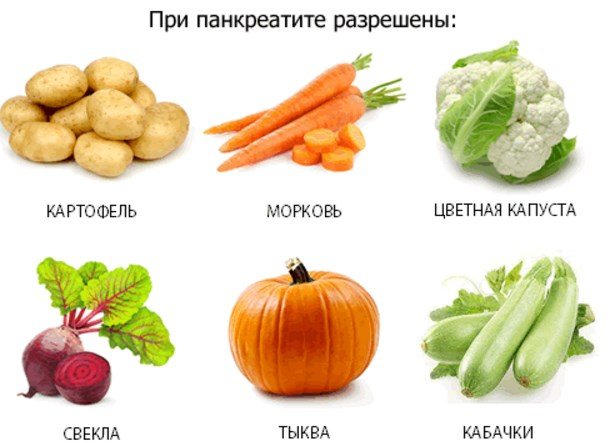
What fruits can you have for chronic pancreatitis?
As already noted, fruits for inflammation of the pancreas can be consumed exclusively during the period of remission. Only in this case can they benefit the body.
So, what fruits are good for pancreatitis? The list is presented below:
- Apples. For this disease, it is recommended to use summer varieties with pliable skin and loose pulp. Before eating, cut off the peel and remove the core.
- Apricot. This juicy fruit is suitable for the menu of people with pancreatitis.
- Cherries. This fruit, unlike cherries, does not irritate the pancreatic mucosa.
- Plum. The diet of patients with pancreatitis can include ripe and non-acidic fruits without skin.
- Peach. This fruit will be useful during remission, as it helps restore the body after illness.
- Pears. It is recommended to eat fruits with loose pulp.
- Bananas. They can be consumed immediately after the acute phase of the disease has subsided, without heat treatment.
- Tangerines. Among citrus fruits, preference should be given to these sweet fruits.
- Persimmon. Permitted for use during periods of stable remission.
- Berries (blackcurrant, gooseberry, raspberry, strawberry, viburnum). They are consumed only in ground form without seeds.
For acute pancreatitis
A similar situation in the body is possible during exacerbation of the chronic form. The pancreas is damaged, which manifests itself in the form of edema, hyperemia of the organ tissues and ducts. And the biggest problem is that the outflow of pancreatic juice with enzymes that break down food worsens. They should enter the duodenum, but instead remain inside the gland, and it begins to digest itself.
This process is very difficult. It is called pancreatic necrosis. It is dangerous to the patient's life. If it develops, immediate hospitalization and consultation with a surgeon are required. Surgery is often required to save the patient's life. Therefore, in the stage of acute inflammation, it is necessary to ensure maximum rest for the gland. That is, the patient must completely fast for several days and drink only clean water. When the pain decreases, you can gradually introduce permitted foods into your diet.
Raw carrots for pancreatitis, as well as all other vegetables, are prohibited in the acute phase. Even root vegetables from the list of allowed foods should be removed from the diet until it becomes easier. Otherwise, severe pain cannot be avoided.

Fruits and berries prohibited for pancreatitis
If the pancreas is inflamed, it is forbidden to eat fruits that contain small seeds and a large amount of coarse fiber.
Pears
For pancreatitis, pears are prohibited due to the abundance of organic acids that enhance the digestive process. Fresh pears are rich in coarse fiber. The only exceptions are dried ones, which, together with other dried fruits, are added to the compote outside periods of exacerbation of pancreatitis. However, excessive consumption of pears, even in a healthy person, can lead to excess weight gain. Dry fruits contain a large amount of carbohydrates.
Citrus
Citrus fruits with pancreatitis are subject to certain restrictions due to the abundance of acids. Obviously sour fruits such as lemon, lime, grapefruit are excluded even outside of exacerbations. As for other citrus fruits, the appropriateness of their use is determined by the attending physician depending on the current condition of the patient.

All fresh citrus fruits, as well as juices from them (even diluted with water) should be completely excluded from the diet of patients with pancreatitis during acute periods.
For example, is it possible to eat tangerines for pancreatitis? The answer to this question will be different for each patient. It is possible if the remission is stable and there is no tendency to allergic reactions. The best option is varieties imported from Spain or Morocco, or other seedless varieties.
Grape
For pancreatitis, fresh grapes are on the list of prohibited foods. The berries contain almost the entire range of organic acids that can create unnecessary problems for a weakened pancreas.
In addition, grapes are on the list of common allergen foods. Too much grapes, even without exacerbation of pancreatitis, can lead to indigestion, pain and increased gas formation.
Mango
Whether you can eat mango for pancreatitis also depends on the stage of the disease. It is not recommended to include it in the menu if there have recently been several exacerbations in a row and at least 10 days have not passed since the last one.
It is recommended to exclude exotic fruit from the diet, since it is an allergen and produces a pronounced choleretic effect. In addition, ripe mangoes are very sweet, which excludes the possibility of their use in patients with prediabetes and especially chronic diabetes.
Other fruits
The category prohibited for pancreatitis includes a number of natural products:
- pomegranate;
- quince;
- persimmon;
- cherries;
- sea buckthorn;
- cranberry;
- Red Ribes;
- sour plum.
All of them are rich in fruit acid and fiber, which within a week after an exacerbation can worsen the patient’s condition and provoke a new attack of the disease.
Nutrition during remission
If you are once diagnosed with this, then you should never forget about the importance of dietary nutrition. The permitted list of foods for pancreatitis is quite extensive; the patient will not suffer from limited nutrition. When the remission stage is reached, the menu can be made more varied. This boundary is determined quite simply. The patient is not bothered by nausea for a long time, the stomach pain stops, and diarrhea goes away.
But even now it is not recommended to eat fresh vegetables. If they are introduced into the diet, then in minimal quantities. Plant fiber and other substances in their composition can again provoke an exacerbation of a chronic disease.
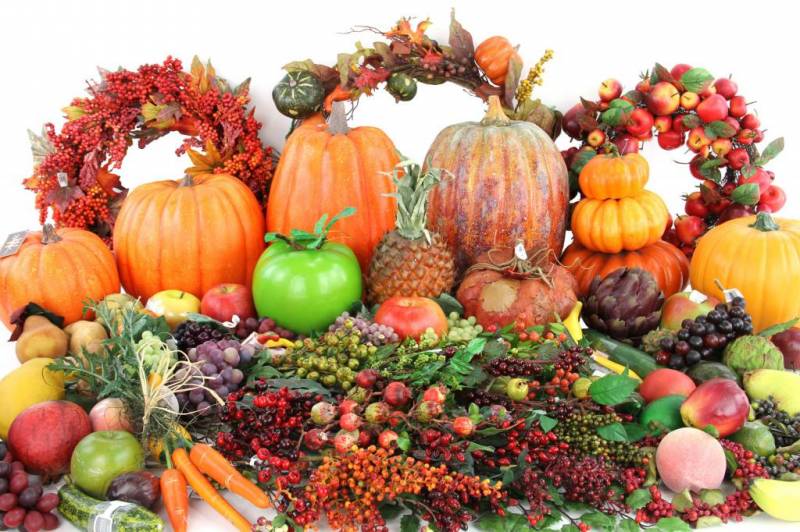
We choose only the most useful
In order not to harm your body, you need to buy good vegetables and cook them accordingly. Let's start with how to choose vegetables recommended for the Table 5 diet. You can save the table for yourself and use it daily. The best option is to eat vegetables grown in your own garden, without the use of fertilizers and pesticides. In this case, you can be sure of their quality, freshness and benefits.
When purchasing them in a store, you first need to make sure that they are stored correctly (in a dark and cool place). They should be natural in color, clean and fresh. Signs of rotting are unacceptable.
But you need to forget about canned vegetables for pancreatitis. They are harmful to the pancreas as they contain large amounts of preservatives and flavorings, salt and vinegar.
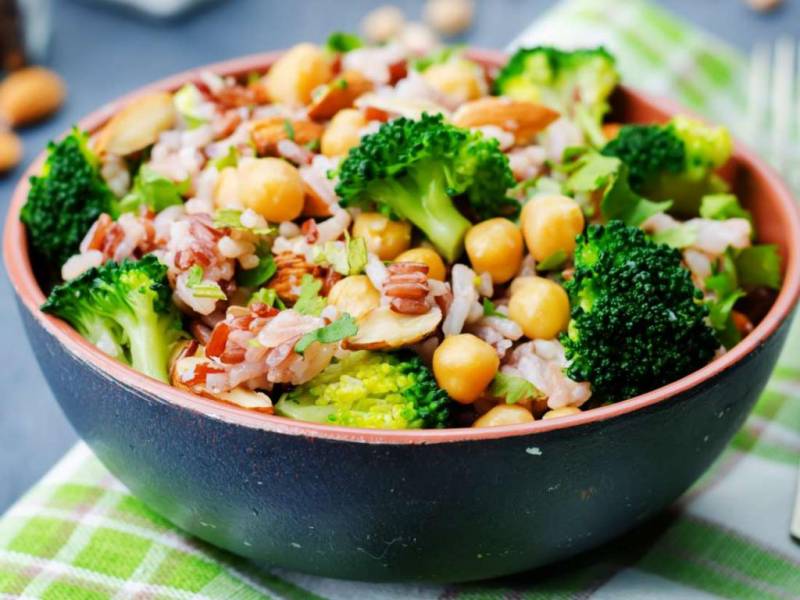
Preparing vegetables
First of all, we write out the allowed products from the table. The “Table 5” diet involves proper processing of vegetables and fruits before heat treatment:
Harm and negative consequences of eating fruits
Fruits are necessary for pancreatitis: they contain natural enzymes necessary for the pancreas. With a properly selected diet, you can optimize your condition over a short period of time and improve the functioning of the digestive system. You just need to follow strict rules for selecting products:
- Berries and fruits should only be consumed in processed form. You can bake them, cook them in a double boiler or slow cooker.
- Eating raw foods during the acute stage of pancreatitis is not allowed.
- In case of chronic pancreatitis during the period of remission, you can eat fruits that are not sour, ripe, juicy, sweet, fresh, with soft skin.
- You should not eat fruit on an empty stomach.
- Citrus fruits and all sour or bitter fruits are not recommended.
During long-term remission, it is possible to expand the diet. When choosing, you should focus on ripe and seasonal fruits, choosing soft, sweet and ripe ones. Such fruits and berries for pancreatitis can be eaten fresh, after first peeling them and removing the core.
What fruits can you eat if you have pancreatitis? The following fruits will not harm the body:
- Apples, pears (sweet only). The use of sour varieties is not allowed.
- Ripe and soft bananas (they do not need to be thermally processed during the period of remission).
- Rosehip berries. You can make decoctions and compotes from them.
- Avocado (only ripe and soft). It can be consumed only during prolonged remission of the disease, including it in your diet gradually and with caution.
- Melon, pineapple, papaya, strawberry.
- Cauliflower, zucchini, sweet pumpkin, beets, eggplants.
- Carrots, squash, potatoes.
Eating vegetables and fruits for pancreatitis is necessary. The pancreas can process many fruits and vegetables, but you should monitor the amount of foods you eat and not overdo it.
Despite the fact that fruits are enriched with vitamins and nutrients, some of their properties can be harmful to the body in case of overeating, personal intolerance, as well as the presence of certain diseases or conditions.
- The fruits are rich in simple carbohydrates, so if you are on a carbohydrate diet, you should avoid them or limit their quantity.
- Some fruits contain a lot of fat (the leaders among them are avocado, durian, ackee, medium-fat fruits - pomegranate, passion fruit, guava, feijoa). Such species should be excluded from the diet if you are overweight, prone to obesity, or have diseases of the gastrointestinal tract.
- Too sweet fruits (dates, figs, grapes, mangoes, etc.) should be limited as much as possible or completely eliminated in case of diabetes, excess weight, diseases of the stomach, intestines, pancreas.
- Please note that fruits contain allergens. Some of them (oranges, tangerines, grapes, kiwi, mangoes, pineapples, feijoas, etc.) have an increased risk of allergic reactions, so their use should be treated with caution.
The enrichment in fiber is one of the great advantages of fruits, as it has a beneficial effect on the gastrointestinal tract, normalizes microflora and intestinal functioning, and activates the elimination of toxins.
However, in diseases of the digestive tract, especially in acute form, fiber irritates, injures inflamed tissues and further aggravates the patient’s condition, causing symptoms of dyspepsia such as:
- flatulence;
- bloating;
- increased gas formation;
- stool disorder.
Therefore, you should not eat more than 3-4 fruits per day, and if the fruits have high fat content, no more than 1-2 pieces.
Today, almost all fruits are treated with chemicals and nitrates to prolong their shelf life and give them a better presentation. Such substances have a detrimental effect on the digestive organs and can lead to serious intoxication of the body.
We suggest you read: What is the error of the glucometer circuit TC
Some fruits contain significant amounts of acids. These include citrus fruits, grapefruits, unripe pineapples, sour varieties of apples, apricots, and grapes. These fruits are prohibited from being eaten if:
- Exacerbation of diseases of the digestive system.
- Peptic ulcer disease.
- Lesions of the gastrointestinal tract, accompanied by high acidity.
It should be noted that in case of exacerbation of ailments of the digestive organs, any fruits should be completely abandoned in the first two to three weeks. The fiber and acids they contain not only irritate inflamed organ tissues, but also increase the activity of digestive enzymes, which can lead to inflammation of the pancreas.
Caution should be exercised when consuming fruits during pregnancy and breastfeeding. During the first two and last two months of gestation, with increased uterine tone, you should limit the consumption of fruits with large amounts of vitamin C, as it increases uterine tone.
When breastfeeding, it is recommended to temporarily exclude allergenic fruits from the diet, and the most harmless in this regard are apples, pears, and bananas.
Cooking methods
In case of pancreatic disease, especially during an exacerbation, doctors recommend eating vegetables only after high-quality heat treatment. Exposure to high temperature leads to softening of coarse plant fiber, which is found in all vegetables and reduces the harmful effects of phytoncides and acids.
At the stage of acute inflammation, after 2-3 days of complete fasting, it is allowed to eat chopped boiled vegetables. It is best if it is a cream soup or liquid puree. When the disease goes into remission, you can resort to other methods. That is, stew, cook vegetable stew, bake in foil. Don't forget that you can try each new dish in small pieces. And only with satisfactory tolerance can you increase the portion.
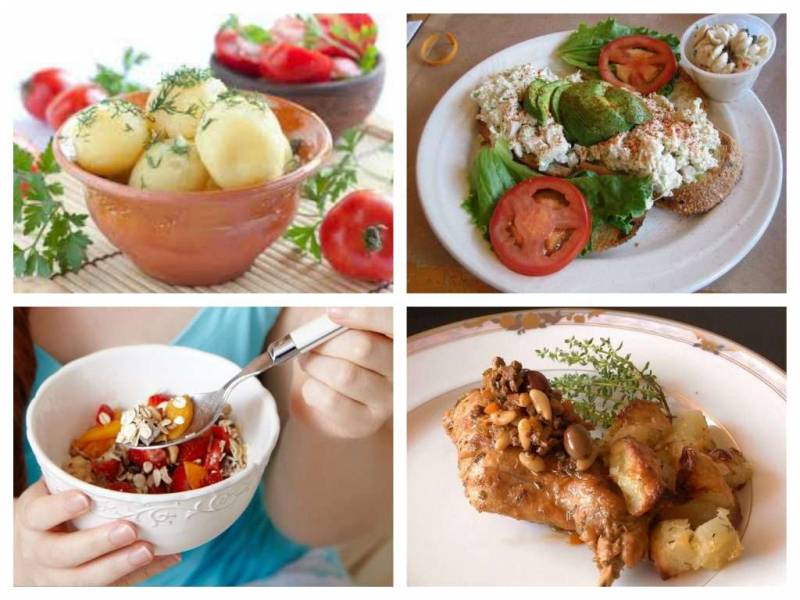
Basic rules for eating vegetables when sick
In order not to harm your condition and speed up recovery from pancreatitis, you should choose the right vegetables and prepare dishes from them.
How to choose vegetables in the store?
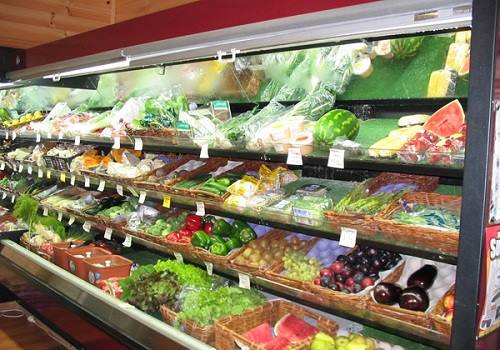
The best option is to eat vegetables grown in your own garden without the use of fertilizers, pesticides and other chemicals harmful to the body. In this case, you can be confident in the quality, freshness and usefulness of the product.
If you can only purchase them in a store, then you need to follow a few simple rules when choosing a product:
- Vegetables must be stored properly - in a dry, cool, dark room.
- They should be natural in color, clean, ripe, but not overripe, and fresh in appearance.
- Visually there should be no signs of rot, mold, or mechanical damage.
- High-quality vegetables feel firm to the touch, without soft areas.
- The peel should not be damaged.
- Canned, salted vegetables should not be purchased or consumed if you have pancreatitis: they are harmful to the pancreas due to the content of preservatives, flavorings, and large amounts of salt. For long-term storage of vegetables, it is better to freeze them: this way they retain almost all the beneficial substances.
Preparing vegetables
Before heat treatment, it is recommended to properly prepare the vegetables:
- Peel them from the peel and seeds (for example, pumpkin and zucchini have them). The seeds are not recommended for food as they are difficult to digest.
- The peel is removed because most of the harmful chemicals used in growing vegetables accumulate in it. But the peel also contains a large amount of coarse fiber: with pancreatitis, it causes increased abdominal pain, flatulence, and diarrhea due to increased motility of the gastrointestinal tract.
Methods for preparing vegetable dishes for pancreatitis
In case of pancreatic disease, especially during exacerbation, doctors advise consuming vegetables exclusively heat-treated, because exposure to high temperature leads to the softening of coarse plant fiber, which is contained in all vegetables, and reduces the harmful properties of essential oils, phytoncides, and acids.
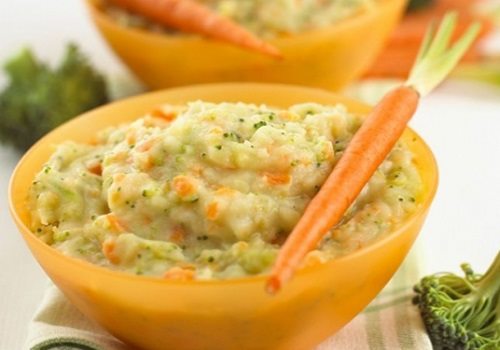
At the stage of acute inflammation, after 2-3 days of fasting, it is allowed to eat boiled or steamed vegetables in chopped form. Dishes should be without large pieces in the form of liquid puree or cream soup.
When moving to the stage of remission of the disease, vegetables can be prepared in other ways, except for boiling and steaming:
- simmer with the addition of a small amount of vegetable oil;
- prepare vegetable stew;
- bake in the oven, but do not allow a crispy crust to form: this is how a variety of casseroles, soufflés, puddings, baked vegetables with meat or fish are prepared;
- make juice from fresh vegetables using a juicer (pumpkin, carrot, potato, celery);
- prepare a salad from finely chopped cucumbers, tomatoes or grated (carrots, bell peppers), seasoned with olive oil;
- In the remission stage, it is allowed to add a little butter and low-fat cream to boiled, baked vegetables, purees, and soup.
Any new dish should be taken in small portions: no more than 1–2 spoons at a time. With satisfactory tolerance, the quantity and frequency of consumption of vegetable dishes is gradually increased.
Fruit assortment
Fruits are a source of vitamins and minerals, simple carbohydrates and fiber. It would be wrong to refuse them. In the first days of the disease and during periods of exacerbation, they should be abandoned. As the condition improves, unsweetened compotes and purees are first introduced into the diet. After complete recovery, you can add fresh and boiled fruits to the menu. In the chronic form of the disease, it is recommended to peel the fruits and eat them in small portions, monitoring your well-being. Allowed fruits include: apple, banana, peach, pineapple and avocado, kiwi and melon. You need to give up mangoes, citrus fruits and pears, grapes and pomegranates.
What fruits are good for cholecystitis and pancreatitis?
Human nutrition must be complete. The lack of fresh fruits and vegetables in the diet contributes to the development of vitamin deficiency, constipation and other digestive problems. Therefore, you can completely exclude them from your menu only during the period of exacerbation of the disease. When relieving the symptoms of pancreatitis, it is necessary to add fruits and vegetables to the diet.
- all seasonal fresh fruits after first removing the peel and core;
- fresh and baked apples with cinnamon and honey;
- dried fruits and compotes prepared on their basis;
- peeled pears;
- bananas;
- sweet tangerines and ripe oranges;
- berries and fruit drinks made from them;
- pineapple and melon (a few pieces each during remission).
However, during the period of exacerbation of the disease, all these fruits will have to be abandoned and fasted.
